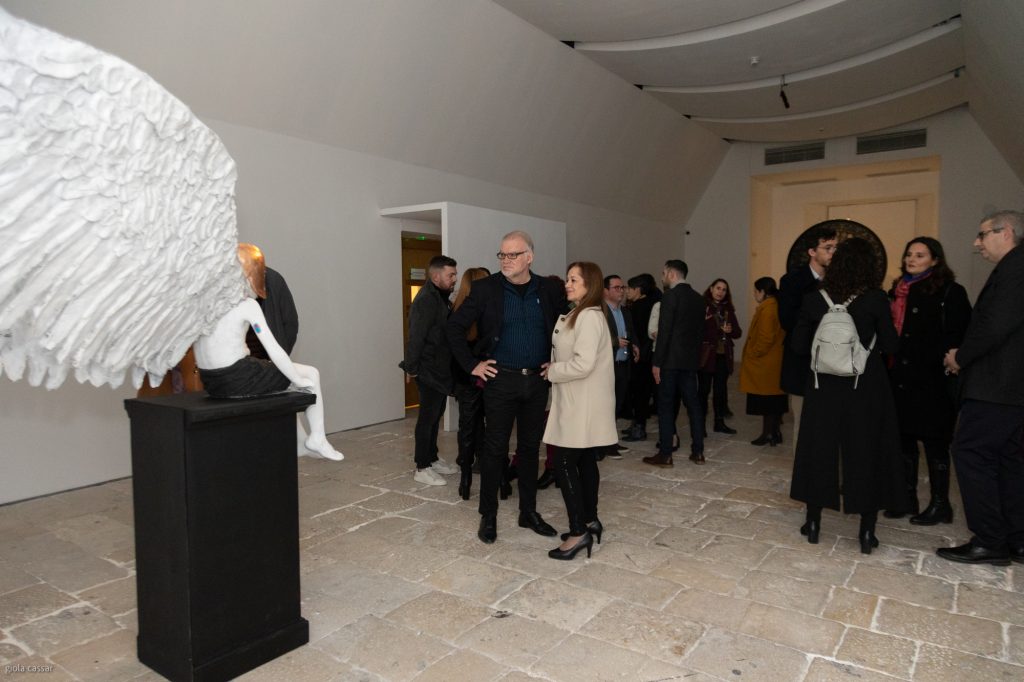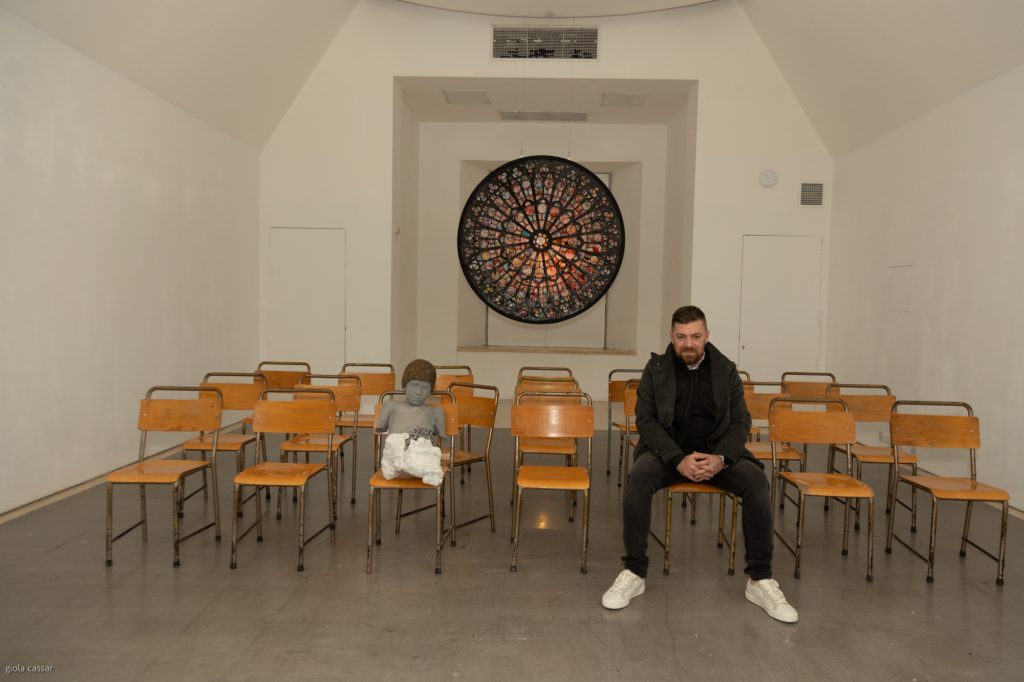Out of Despair, Comes Hope
A walk through an introspective visual art exhibition by Clint Calleja, consisting of paintings, sculptures, photography and installations revolving around the theme of ‘Trauma and Memory’
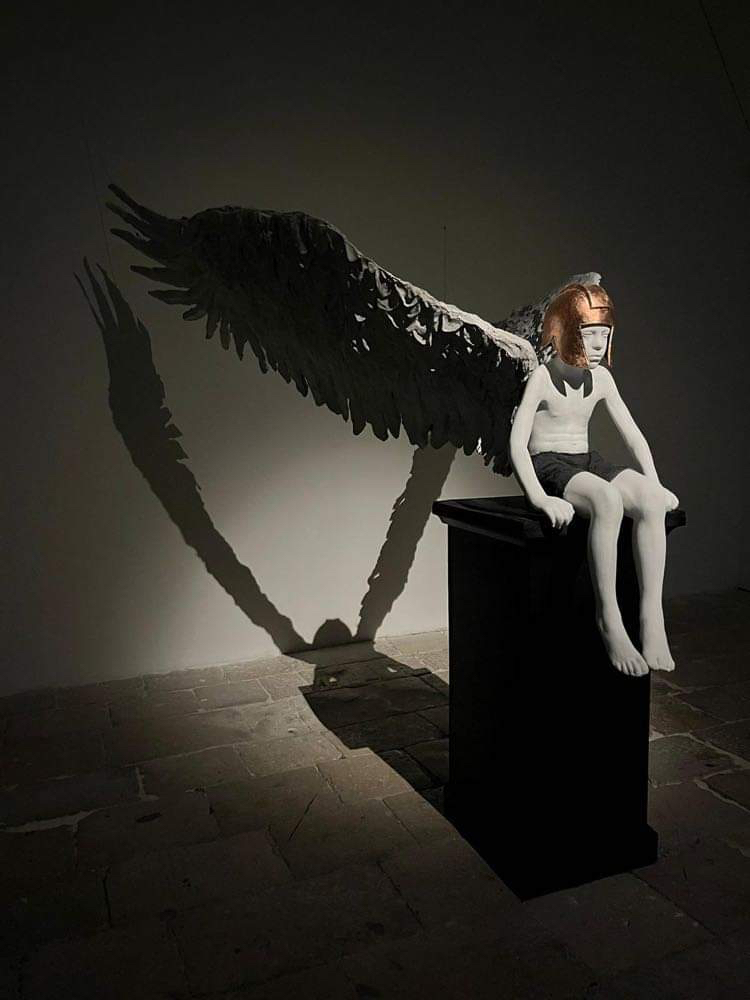
Most of us have suffered loss in our lives. The death of a loved family-member perhaps, the irretrevable breakdown of close relationship, or an acute betrayal of trust. At such times, many of us struggle to express what we are going through; although these experiences are almost universal, they are also intensely personal and intense. Some turn to spirituality in order to make sense of their loss. Others attempt to numb their emotions until a time comes when they can begin to accept what has happened in their lives.
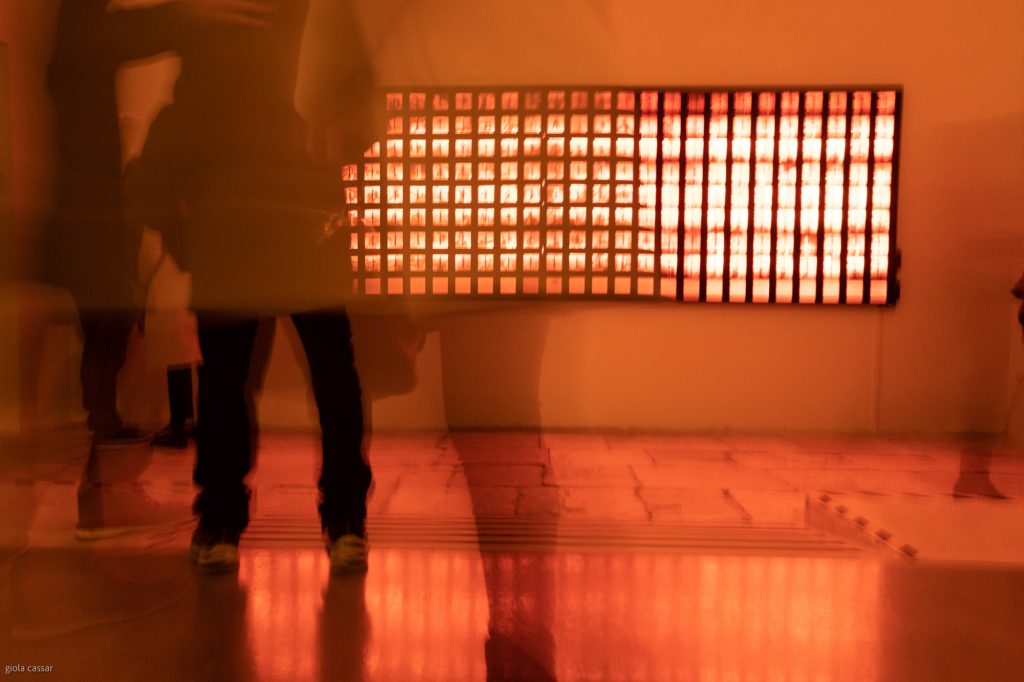
And while art therapy is becoming a more accepted form of therapeutic practice, artists – whether they are aware of it or not – many times work through their traumas alone; the artist’s practice becomes a self-medication, a salve for their wounds.
Clint Calleja has experienced more than his fair share of sadness and loss in his life. With the passing of time, a sense of distance has allowed him to – if not accept what has happened to him – at least to set it down, to place it aside, and to look away from it. As he says in his accompanying text to his first solo show Anamnesis, this body of work is “my coming to terms with the past to put my soul at rest”. Moving forward does not mean forgetting, but rather to recognising that these events do not define him.
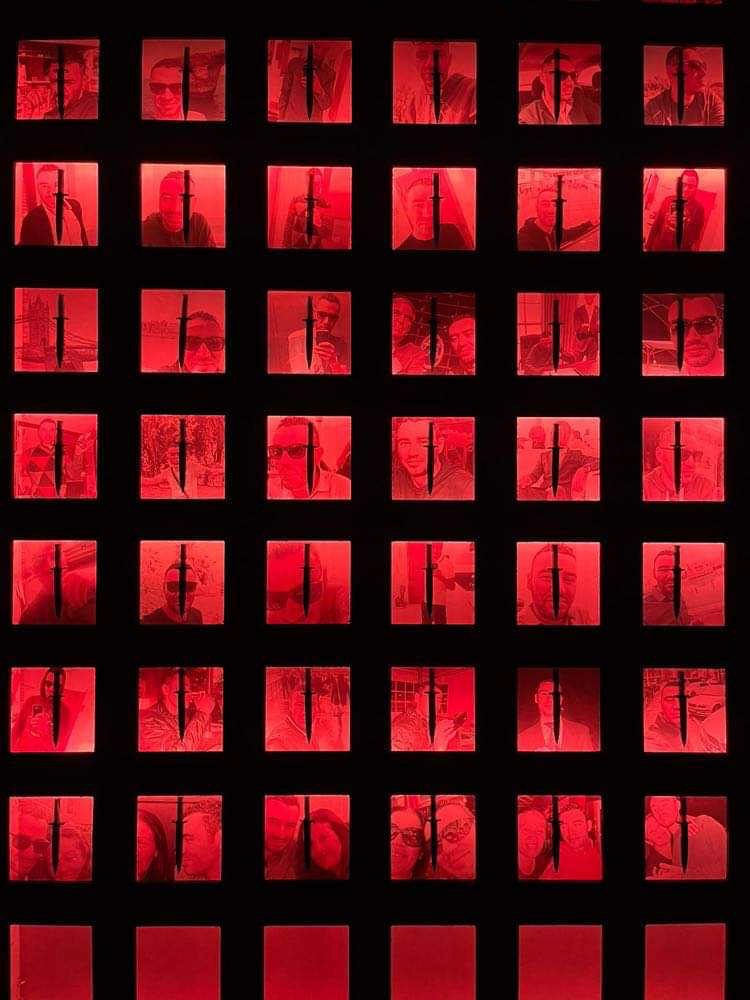
Four large rose windows provide the backdrop for each stage of the exhibition each becoming progressively darker as we follow the artist through his journey. Memories of childhood, of maternal love, of friendship replace the rose windows’ traditional narratives, speaking to the aesthetic of stained glass, with its many-coloured light, but using imagery from our lifetimes. Photographs are manipulated and scribbled on, faces are erased – not to deny the subjects’ humanity, but rather to claim this humanity for us all. And colours become more sombre, until finally, the last window is devoid of any colour at all. Seen up close, instead of from a distance as in a church, the windows become labyrinths, drawing us into private lives and sadnesses; the effect is eery and almost vertigo-inducing.

… with each piercing event, the thorn of God’s will lost ever more meaning, until, at last, it meant nothing.
This descent into darkness mirrors the artist’s loss of faith; with each piercing event, the thorn of God’s will lost ever more meaning, until, at last, it meant nothing. And each step in the exhibition echoes this hurt; needles pinching flesh, items taken from the scene of a passing, symbols of despair; they take us deeper and deeper into the artist’s crisis. A soot-covered door taken from his apartment after a deadly fire punches the viewer in the stomach. The artist’s jersey worn on the day his mother died shows a more intimate event, but is no less tragic for it. Generations of sadness are woven into the exhibition, from child to father, from mother back to child, back through family legend and forward to childhood experiences.
But, as we sometimes learn, out of crisis comes catharsis, and out of catharsis can come hope. The last room in the series shows us a trauma that offers a glimpse of the future. A small boy, with huge wings of his back sits on a pedestal, as if apprehensive, considering whether to fly. Nearby, a mobile device displays a series of numbers which change from time to time. And the rose window opposite is filled, not with images, but with thousands of used insulin needles. For this room tells the story of love; the love the artist has for his son, who was recently diagnosed with Type 1 Diabetes, the constant worry of monitoring his sugar levels (the device on the wall is tracking his son’s levels, and the artist keeps an eye on them as we speak), and the cliff-edge on which the family’s life has been placed since the child’s condition was diagnosed.
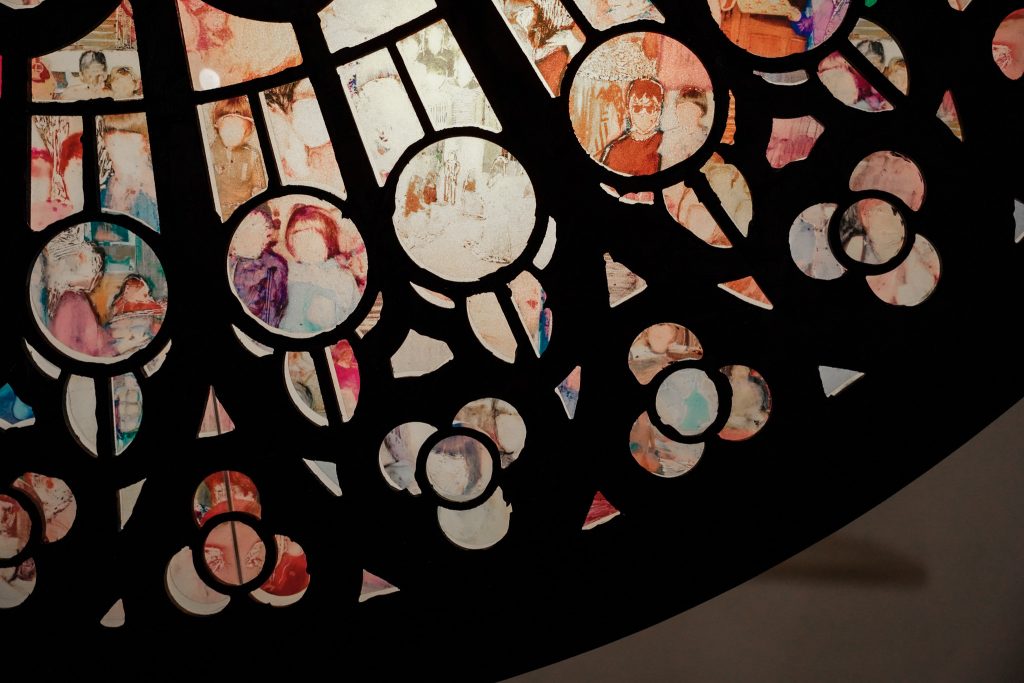

The winged child, with clear references to Icarus, sits on the point between despair and hope. He might fly too close to the sun and fall, but somehow, in this room, we know that he won’t. We know that this boy is loved and cherished, his life may yet bring challenges and difficulties. But looking at him bravely facing the light, protected by his golden helmet, and watched over through the device on the wall nearby, it seems that a spell has been broken. Sadness fades, and hope is free to enter.
Anamnesis, by Clint Calleja, runs until the 26th of February at Space C, Spazju Kreattiv, St James Cavalier, Valletta, Malta.

